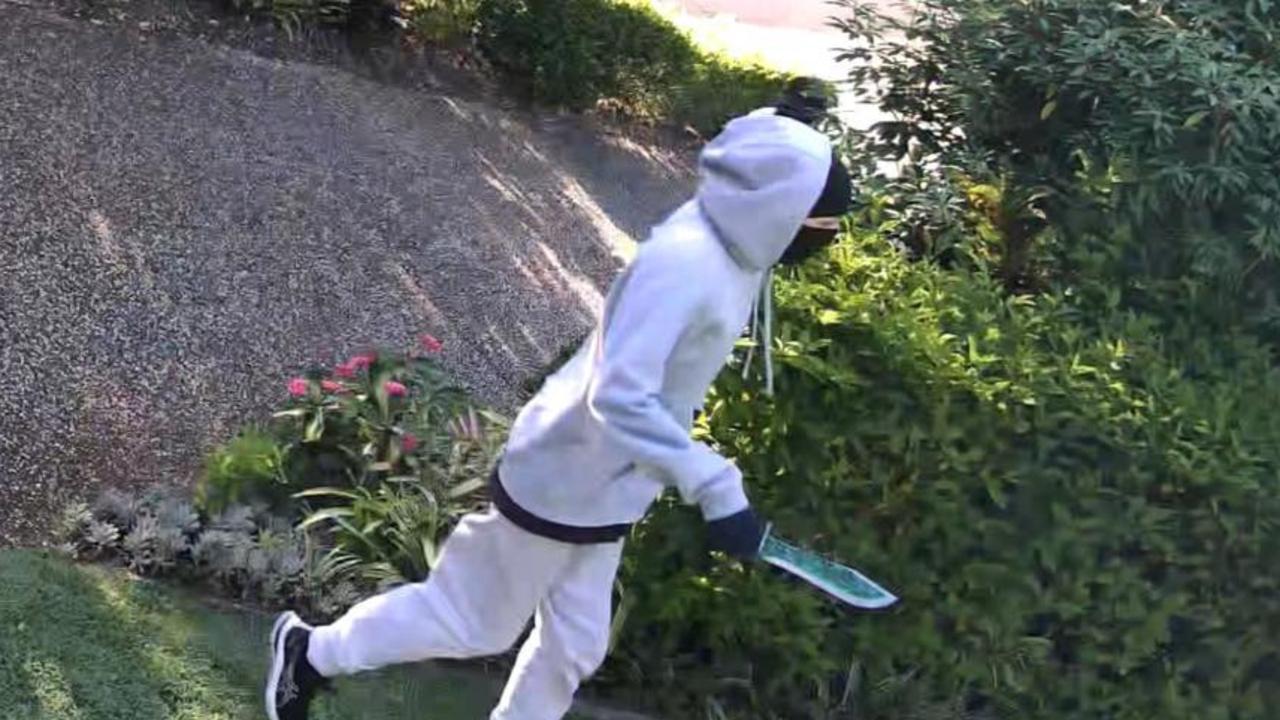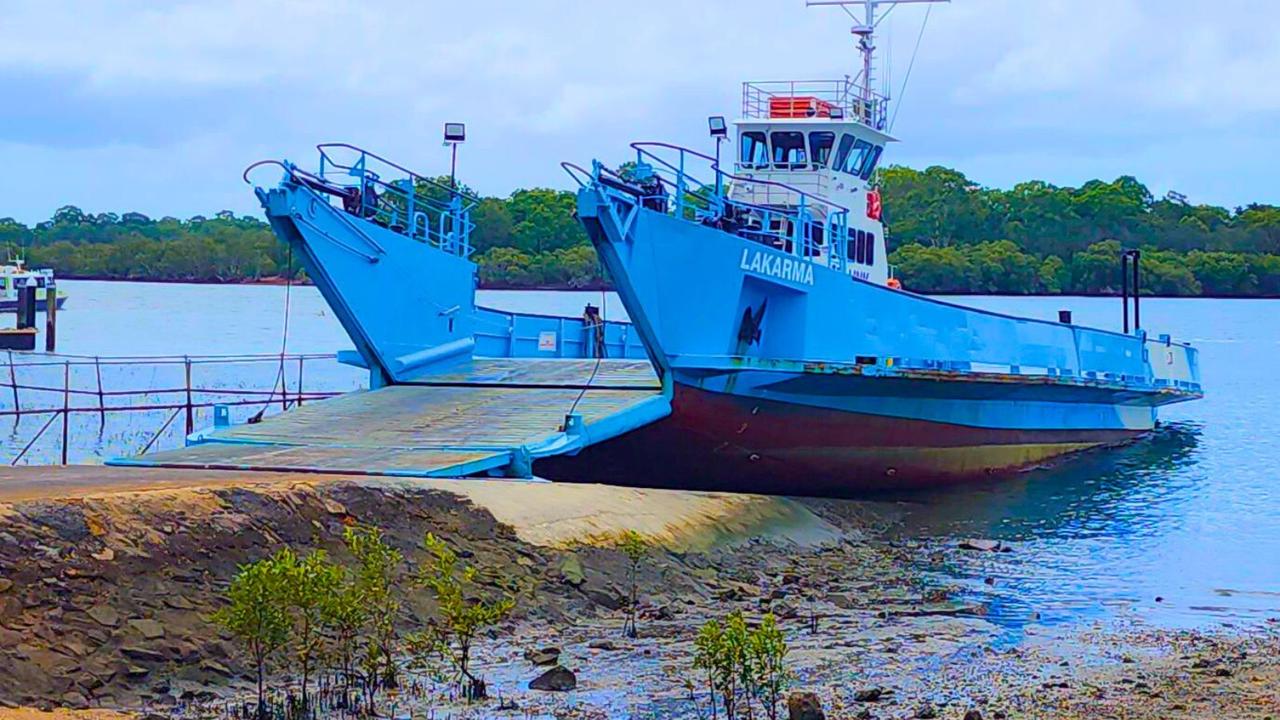Gentrification leads to violence at Boundary St
Tension is brewing as new money moves into a rapidly gentrifying suburb and comes face-to-face with the marginalised groups who have always called it home.
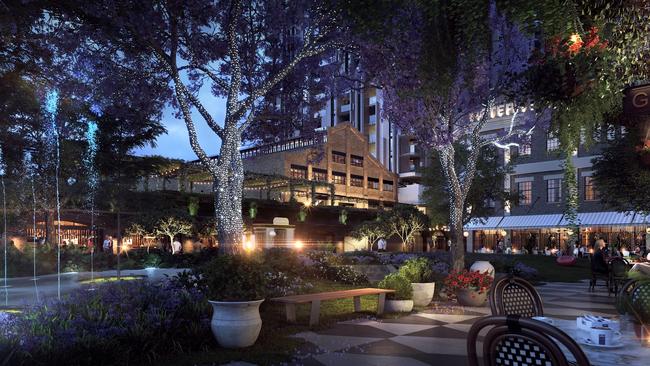
Southeast
Don't miss out on the headlines from Southeast. Followed categories will be added to My News.
TENSION is brewing as new money moves into a rapidly gentrifying suburb and comes face-to-face with the marginalised groups who have always called it home.
Last year, Cr Jonathan Sri (The Gabba) read an extraordinary letter in council from a West End police officer about their concerns for one of Brisbane’s most popular high streets.
It detailed “a number of violent altercations” on Boundary St and the officer’s “grave concerns for the Aboriginal and Torres Strait Islander people who are using this space”.
HISTORIC SKYLINE LOST TO DEVELOPMENT
HOMELESS MAN CALLS FOR LOCKERS
WHITE SETTLEMENT STATUE ‘MARKS START OF INVASION’
“I have received direct feedback from community members who, in my opinion, have been worn down by the atmosphere of violence that permeates this space,” the letter stated.
The Bearded Lady general manager Jamie Simmonds agreed there had definitely been “a climate change” towards the homeless and people with disabilities in Boundary St.
He said there used to be a community sense of obligation to help the underprivileged but new business just owners wanted them “moved on”.
“It’s new money, and new money likes things to be nice and pretty and unfortunately the world isn’t,” he said.
“The problems of the world aren’t because someone is lying on a bench, that person is lying on a bench because of the world’s problems.”
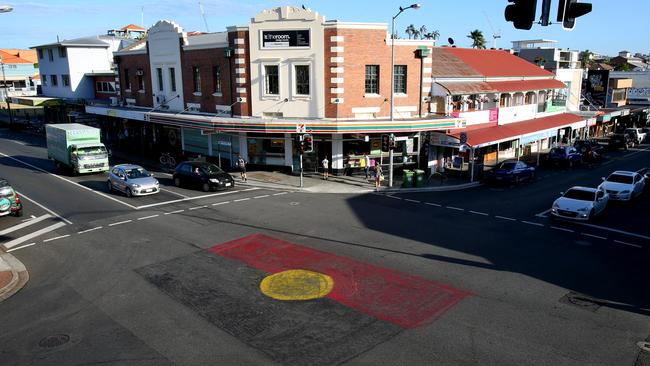
Mr Simmonds said the community needed to find another way to handle the situation.
“You don’t want to see fights and people screaming and yelling and all the rest,” he said.
“There doesn’t seem to be a discussion about how to handle it a different way, it’s just call the cops.”
West End resident and University of Queensland urban sociologist Peter Walters said Boundary St, once a very diverse and successful public realm, was now “a little more tense”.
He said West End was a centre for Brisbane’s indigenous community and, due to the concentration of services and accommodation, a hub for the homeless and those with mental health problems.
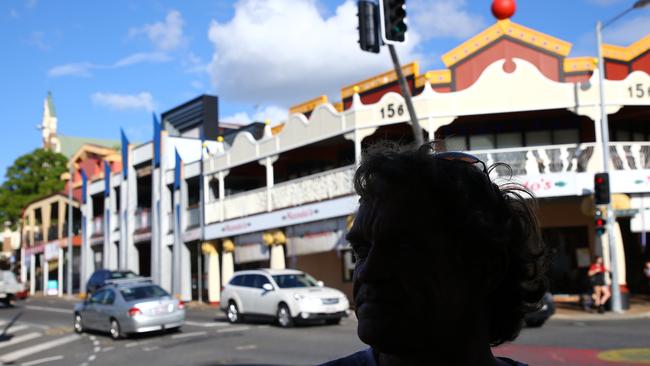
Mr Walters said as the suburb gentrified, the influx of new business owners has diluted a once strong retail community which had a distinct tolerance for those groups.
Mr Walters said the waning tolerance in the business community coincided with a bigger night-life crowd.
“There’s always going to be some undesirables who are going to be in that crowd who are going to come and pick on the indigenous and the homeless and people with mental health problems, who used to feel safe in the street,” he said.
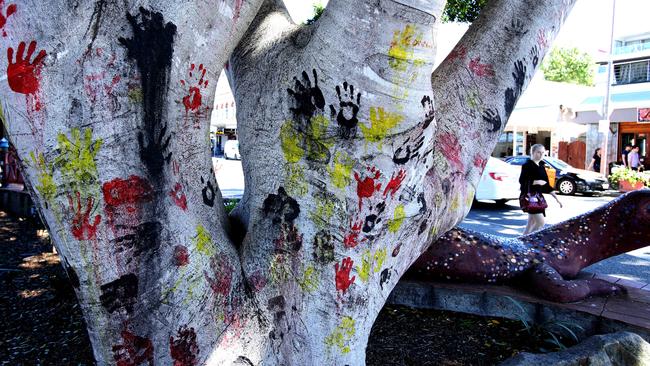
Indigenous leader and writer Sam Watson, who grew up in South Brisbane and West End, said it had “changed dramatically, and not in a good way”.
“I was never assaulted because I had so many uncles and aunties around me … Everyone looked after each other,” he said.
“There would be people walking around the area who were petty criminals but they never preyed on their own, and there were prostitutes but there was very little violence.
“Underpinning all this was an incredibly strong sense of community.”
The big houses and backyards and close-knit community of his childhood were now gated communities with sky-high rents that had forced his people out.
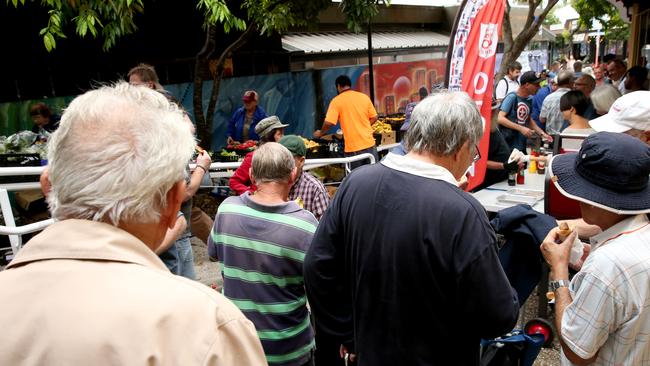
However, Mr Watson said Aboriginal and Torres Strait Islanders would “never surrender one square inch” of the indigenous community’s “vibrant gathering place” Musgrave Park.
“There were literally hundreds of Australian and Torres Strait Islanders living in West End but in the last two or three decades, they’ve been displaced and shifted out to the welfare suburbs of Woodridge, Inala and Logan.”
In their place were well-off, white collar workers — “the beautiful people”.
“All power to them, they’re very successful and they make their own contributions to the Queensland economy,” he said.
“But it’s a heavily regulated, bland community. The developers seem to be hitching their project to an up-market demographic, which isn’t very interesting.”
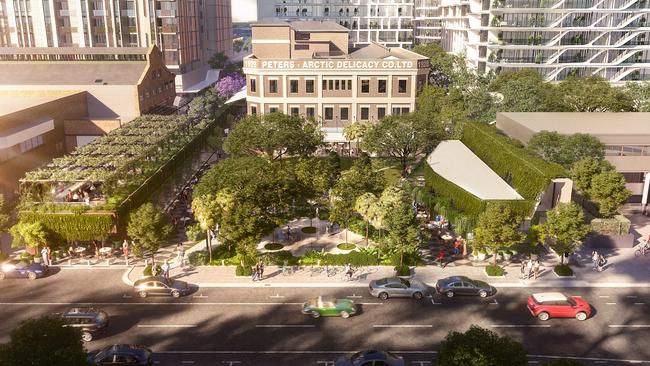
Mr Walters said West End was a “classic case of gentrification” and eventually marginalised groups would “just get quietly and incrementally forced out”.
He said “the end game” of gentrification, where the diverse population was completely forced out in favour of homogenous, affluent people was “in sight”.
“But it doesn’t have to be like that. The (Brisbane City Council) council has a lot more power it could use if it wanted to,” he said.
He said the council could think more carefully about the developments it approved and how they would affect the community.
Cr Jonathan Sri (The Gabba) called on the council to fund more community arts liaison workers to assist struggling people as the suburb became hostile to them.
“That’s still not going to the core of the problem, but I think it would help a little bit,” he said.
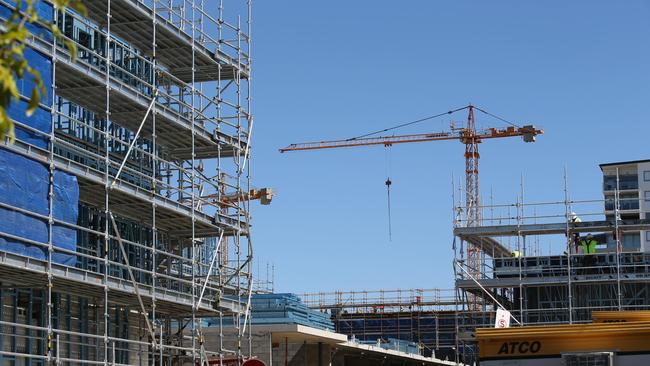
Cr Sri said the cause was unaffordable housing and funding cuts to vital services.
“This is what it looks like when people can’t have a safe place to sleep and help with addiction and intergenerational trauma,” he said.
Chairman for City Planning Matthew Bourke said West End was identified in the State Government’s South East Queensland regional plan as a focal point for inner city renewal.
He said the State planning laws stipulate that the council can’t stop approving development that complies with City Plan.
He said the council recognised West End’s contribution to the city’s creative culture and a Creative Hub on Montague Road to support and empower emerging artists.

